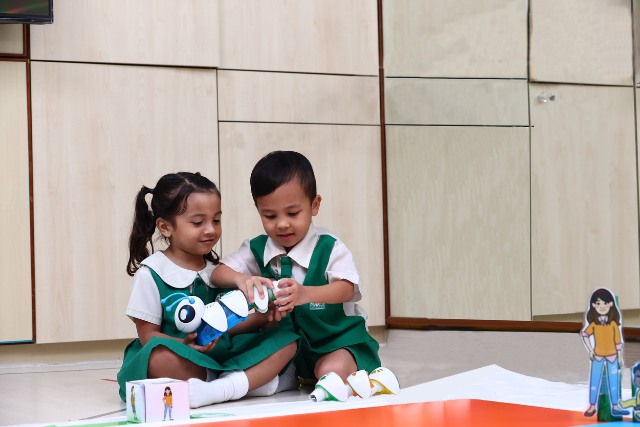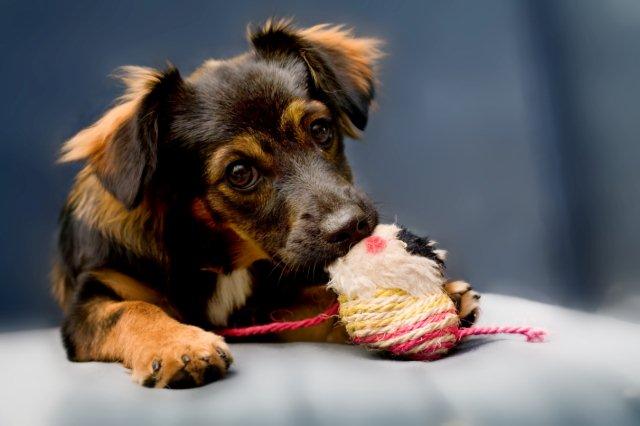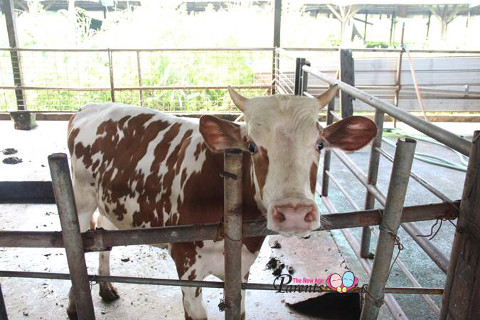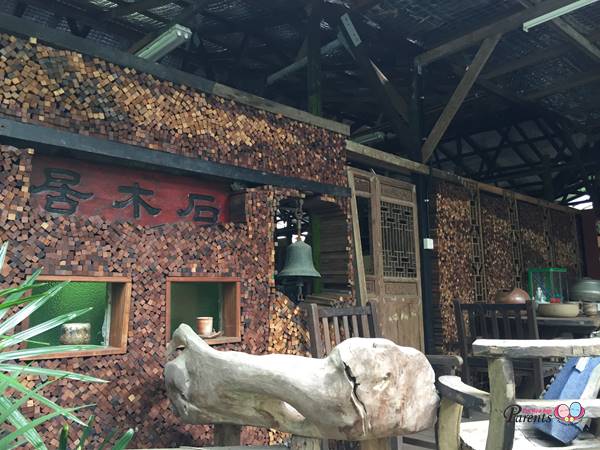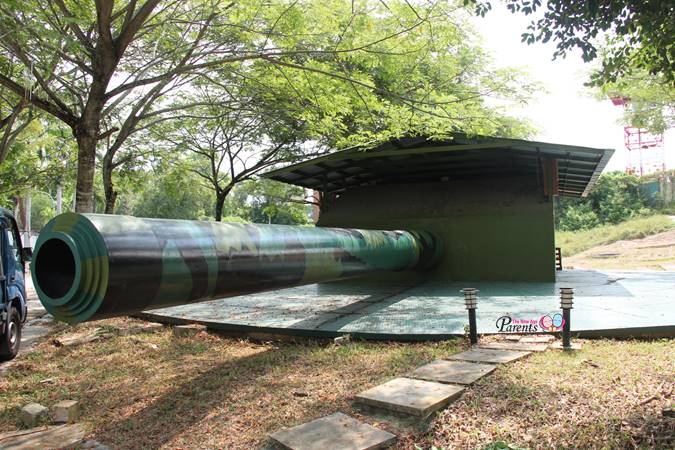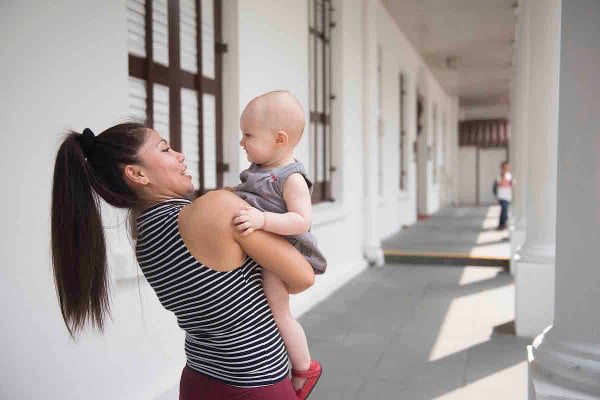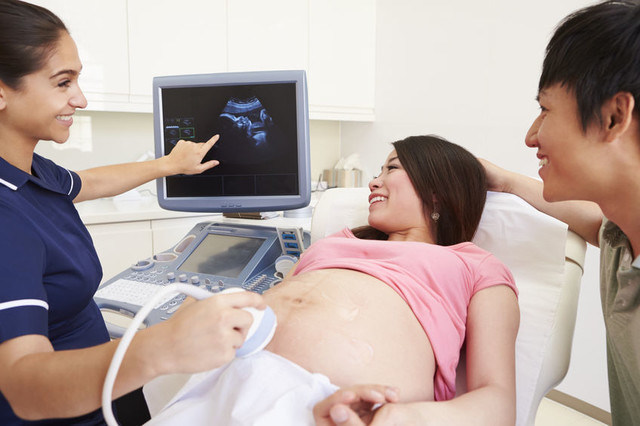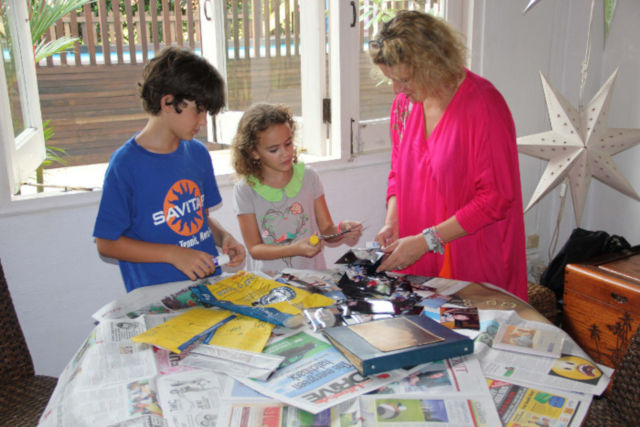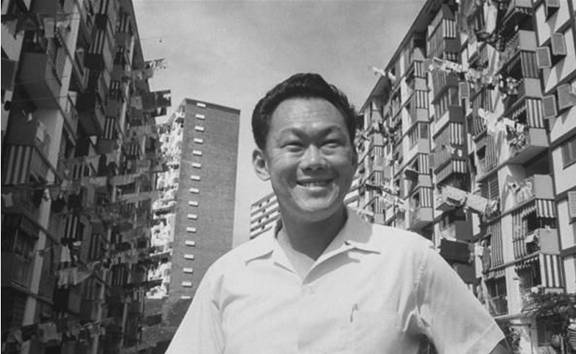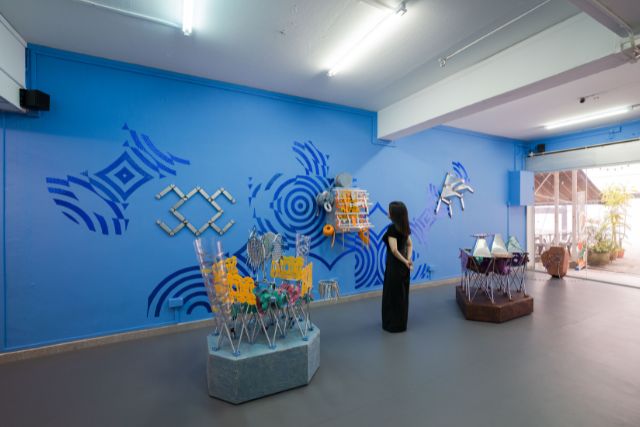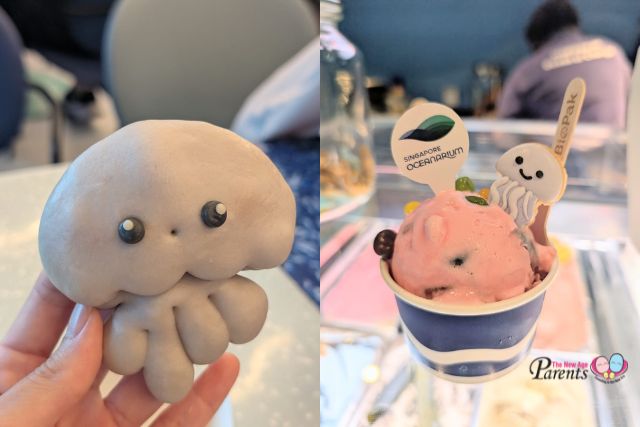It’s hard to imagine any part of the economy that’s benefited from the coronavirus, but Singapore’s pet industry is one exception. The start of the circuit breaker last year inspired a tenfold increase in pet fostering, and as families look to the post-covid future, some may be weighing the merits of permanent adoption.

A big part of that equation is financial: pets typically cost several thousand dollars a year in food, medical care and supplies. To learn more, we dug into the details looking for the true cost of companionship, with a focus on cats and dogs.
Raising Cats Is One Third Cheaper Than Raising Dogs
When we collected numbers on adoption fees, breeder prices, medical costs, food and grooming, the final analysis showed that dogs cost an average of almost S$3,200 in the first year while cats cost a little over S$2,000. In other words, the cost of getting and keeping a cat is typically about 63% of the average spent on a small to medium-sized dog.
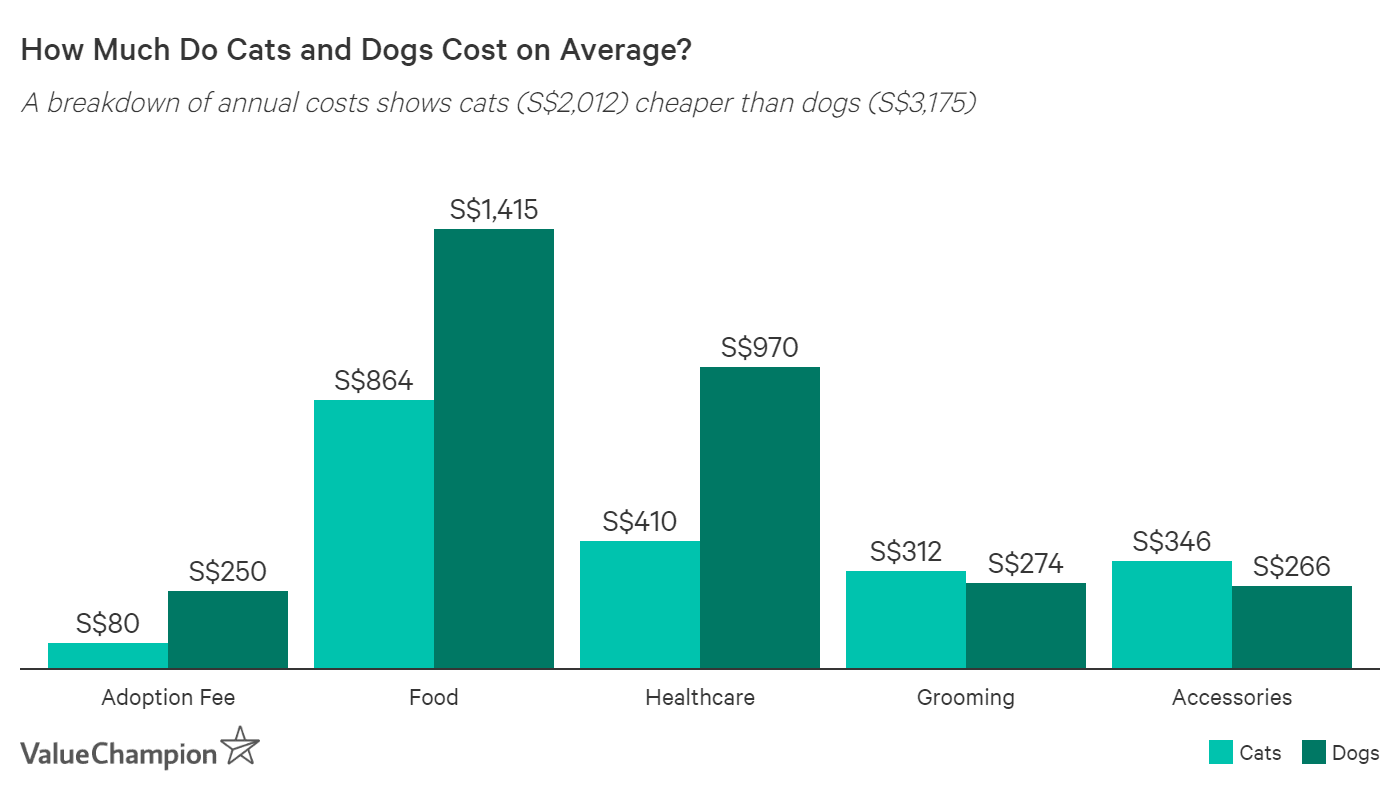
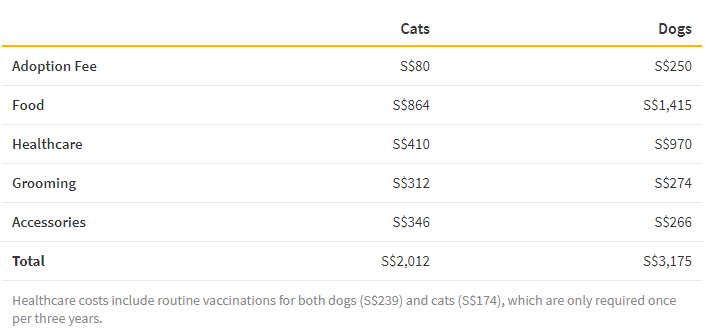
Each household will have its own reasons for preferring a dog or a cat, but the financial comparison favors felines because they eat less food and have a lower risk of diseases such as heartworms, which dogs must be protected against.
That said, buying a purebred cat could easily end up being more expensive than adopting a mixed-breed dog from the shelter. The costs of pet ownership also vary when it comes to optional expenses such as toys and premium grooming packages, which come with a lot of variation in pricing.
➡️ Related Read: What to Consider When Buying Your First Family Pet
Food Costs Are Significant for Both Cats and Dogs
The purchase of proper pet food took up about nearly half of the yearly budget we calculated for a single pet of either species. Unlike the cost of grooming or toys, food is a fixed cost that can only be reduced in one of two ways: buying cheaper brands of food or buying in bulk, which requires long term storage if your pet only eats a little at a time.

These tables show that dogs typically cost twice as much as cats to feed. While the cost of dry dog food can be reduced significantly if you buy larger 15kg bags, that may not be an easy option for dog owners with limited space at home. Our analysis found that cats are relatively cheap to feed even when costs are based on buying one can of food per day.

Your veterinarian should be able to tell you the right type and quantity of food your pet needs, so it’s important to start by soliciting their advice. In addition, some individual animals may be particularly picky about their food options. Be sure to settle the question early by finding a food option that matches both your pet’s tastes and your wallet.
After Food, Healthcare Represents the Biggest Expense Area
The fixed costs involved in owning a pet range from your purchase price or adoption fee all the way to proper food and medical care. According to the numbers we compiled, food and healthcare for pets make up the bulk of lifetime expenses whether you own a cat or a dog.

Fortunately, one significant expense only comes up once every few years: the set of routine vaccinations your dog or cat will need to stay protected against common viral and bacterial diseases. In the second or third year of ownership, this means your pet’s medical costs will be 25% to 40% lower than in years when your pet needs new shots.
Pet Insurance? Some Pets Need it More Than Others
Food and regular checkups are pretty certain to come out of the pet owner’s pocket, but the possibility of medical emergency should also factor into your budgeting for a pet. While such events are rare, they can be extremely costly and might even put owners in the painful situation of having to choose between financial responsibility and their pet’s well-being.
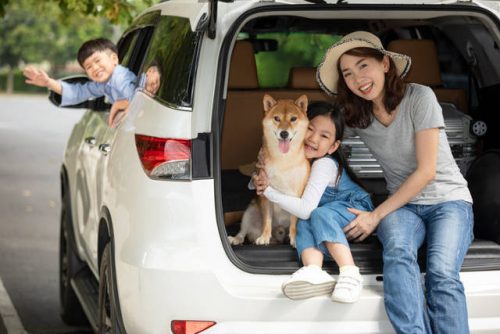
In addition, some purebred dogs and cats are at a higher risk of disease or chronic health conditions as a result of their genetic heritage. Not only is this one of the arguments in favor of adopting mixed breeds, it’s also a good reason for owners of purebreds to consider a stronger pet insurance policy that can help with the potential cost of future treatments.
With a typical pet insurance policy starting at S$75 per year, it can be fairly affordable for dog or cat owners to obtain coverage that will help cover costs in case of injury, illness, theft, or accidental death. For households that have an expensive pet or one that is especially valued as a family member, pet insurance may be a smart decision.
By Chris Moon from ValueChampion.
Photos provided by ValueChampion.
* * * * *
Like what you see here? Get parenting tips and stories straight to your inbox! Join our mailing list here.
Want to be heard 👂 and seen 👀 by over 100,000 parents in Singapore? We can help! Leave your contact here and we’ll be in touch.













